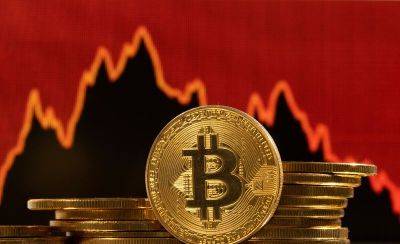The $100 Bill Is America’s Most Common Currency, and Its Most Annoying
Rayza Sison went to a flea market in New York this month with five $100 bills. One by one, vendors refused to take her money, saying they couldn’t make change or only accepted digital payments through Venmo or Zelle. Determined to break the bills, the 26-year-old senior program coordinator tried using them at coffee shops and then her local fruit stand.
She was refused again. The bills are still in her wallet. “I had hoped cash would be more convenient, particularly at a flea market," Sison said.
The $100 bill is far and away the most common U.S. paper currency, dwarfing even the $1 bill. The number of bills bearing Benjamin Franklin’s mug more than doubled between 2012 and 2022, faster growth than any other denomination, according to the most recent Federal Reserve data.
For all its prevalence, the $100 bill is more effective for storing money than spending it. Even when cashiers do accept the bills, they hold up checkout lines to verify they aren’t counterfeits. (Or, at minimum, give an eye-roll along with your change.) Economists have called for slowing down the printing press, due to their use in illicit activity.
“Everyone almost questions you and your legitimacy for using a $100 bill," said Sage Handley, 23. Handley, who works as a marketing and research assistant in College Station, Texas, found a $100 bill in an old makeup bag earlier this month. She posted on TikTok about the embarrassment of spending it, one of many social-media posts mocking the awkwardness of paying for a small item with a $100 bill.
Read more on livemint.com
























